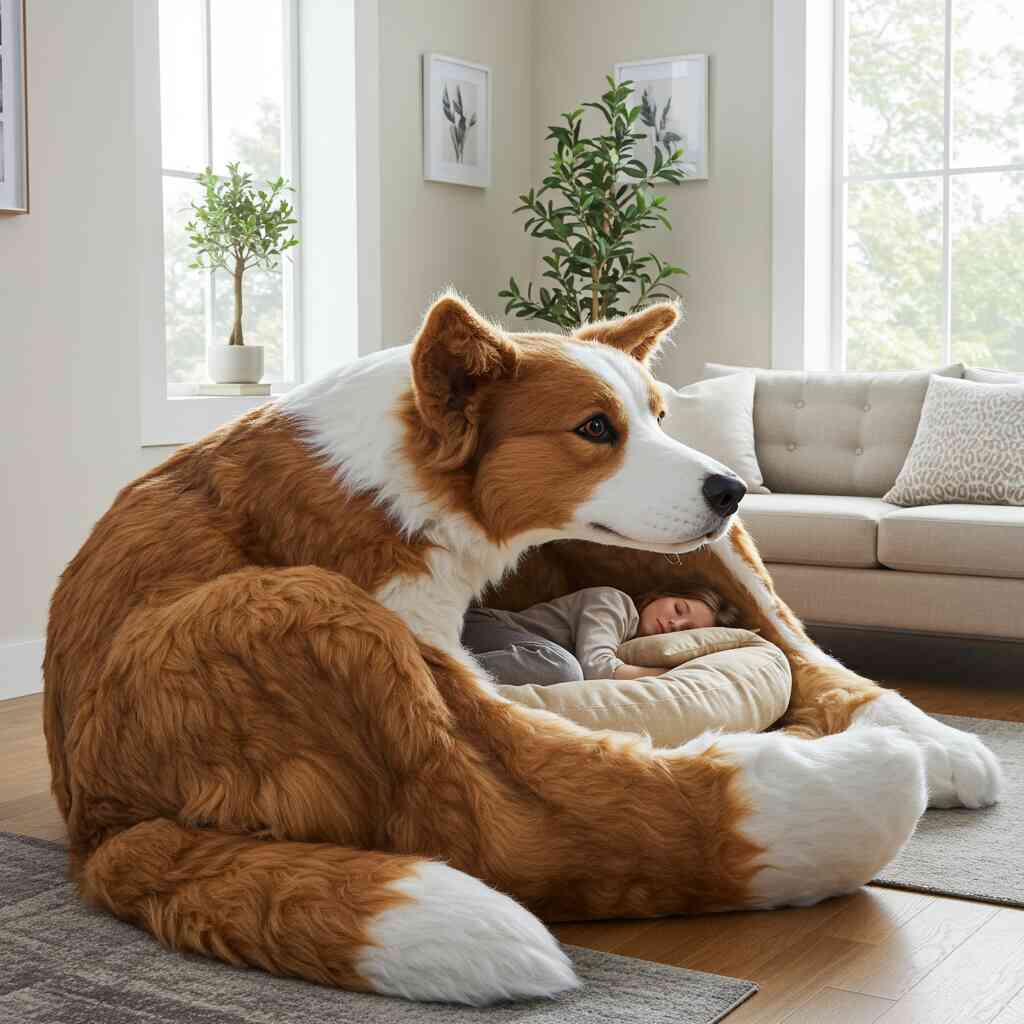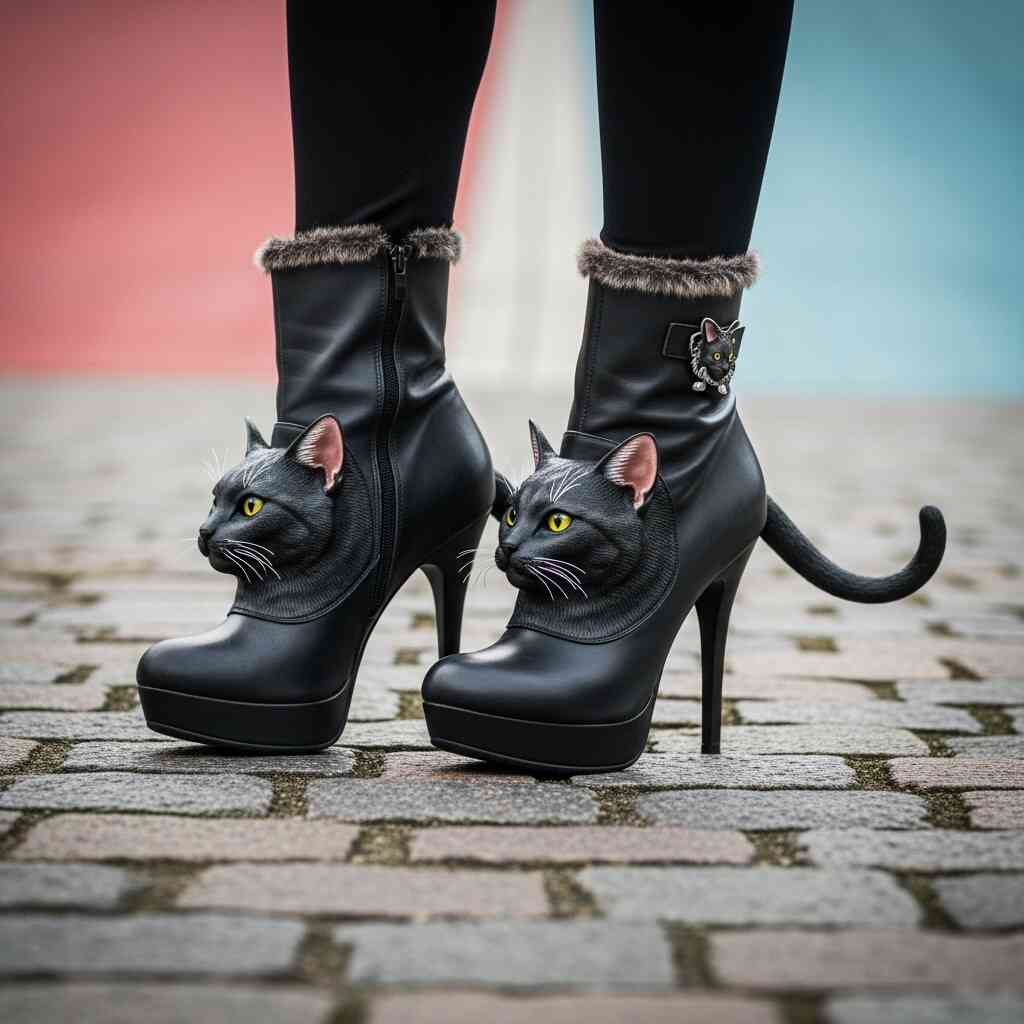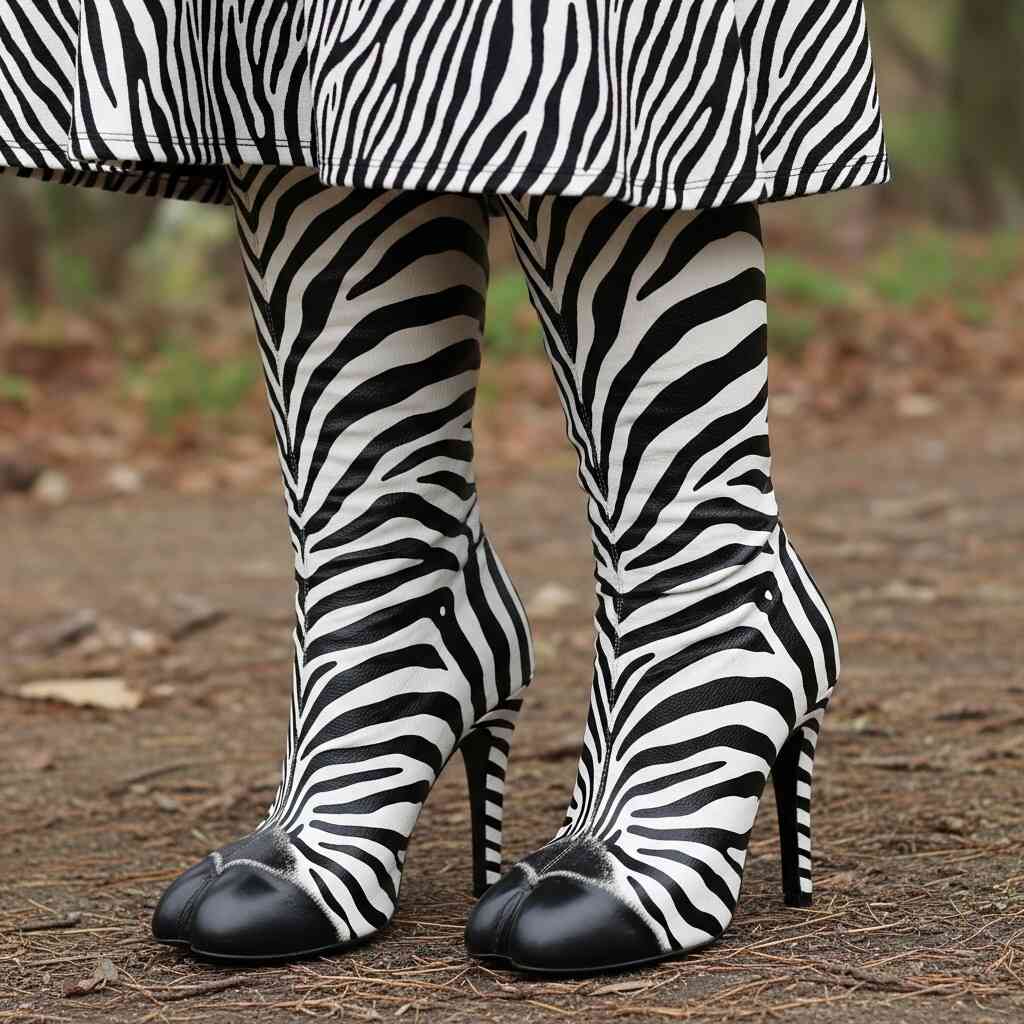In an age where urban mobility is rapidly evolving, the electric scooter has emerged as a symbol of convenience, sustainability, and modern design. Yet, amid this technological surge, a unique trend has taken root—one that marries the elegance of nature with the precision of engineering. This phenomenon is none other than the rise of electric scooters inspired horses , a concept that reimagines personal transportation through the lens of equine grace, power, and symbolism.
While traditional electric scooters are typically associated with sleek lines and minimalist aesthetics, the new wave of horse-inspired models draws from a different wellspring of creativity. These scooters incorporate elements that reflect the strength, agility, and majesty of horses—both in form and function. The result is a mode of transport that not only serves practical purposes but also evokes emotional resonance and cultural symbolism.
This article explores the emergence of this fascinating trend, delving into its origins, design philosophy, functional adaptations, and broader implications for society and culture. We will examine how the integration of equine inspiration into electric scooter design reflects deeper human values, our enduring relationship with horses, and the future of sustainable urban mobility.
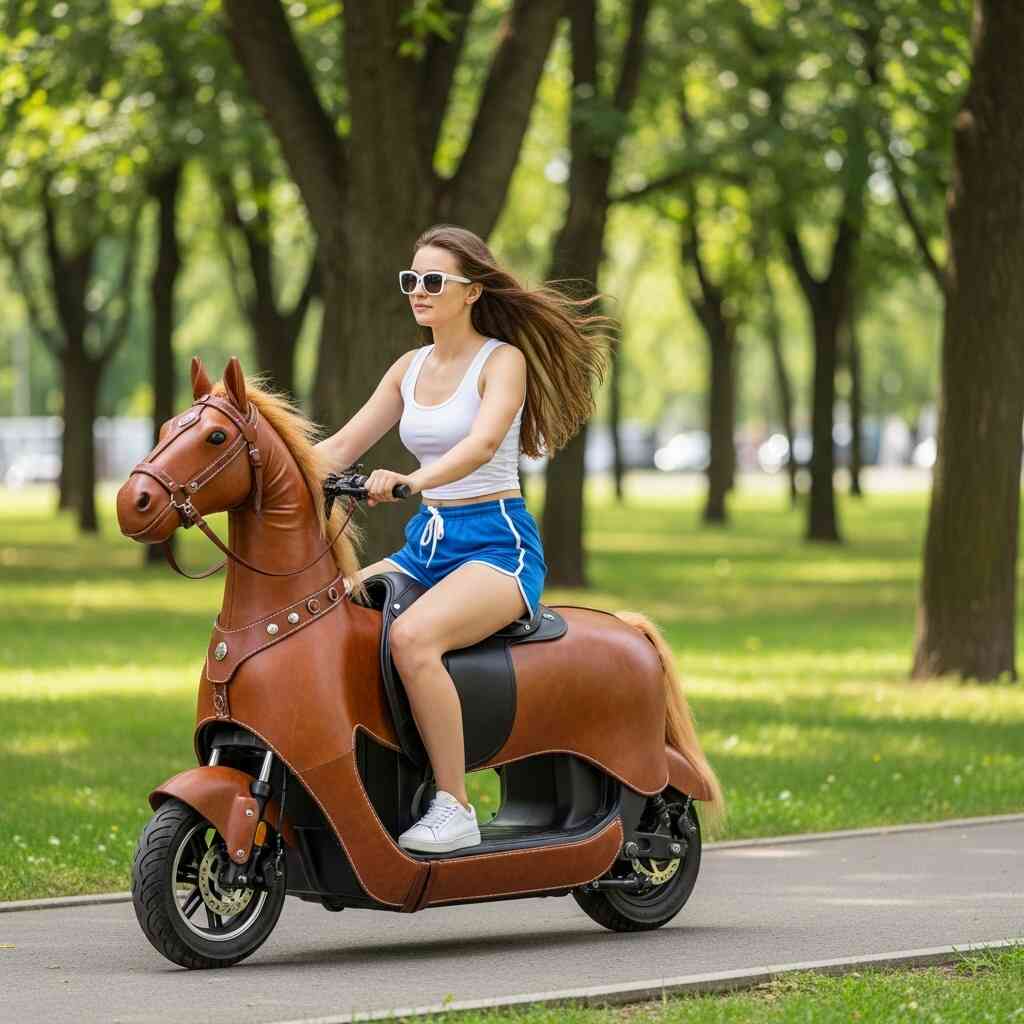
Part I: Origins and Evolution – How Horses Inspired Modern Mobility
The Historical Bond Between Humans and Horses
To understand the significance of horse-inspired electric scooters, we must first look back at the long-standing bond between humans and horses. For thousands of years, horses have been integral to human civilization—serving as companions, workers, warriors, and symbols of status and freedom. They have featured prominently in mythology, art, literature, and even spiritual practices across cultures.
This deep-rooted connection continues to influence contemporary design, especially in fields where speed, endurance, and aesthetic appeal are valued. The horse’s physical characteristics—its muscular structure, dynamic movement, and expressive presence—offer a rich source of inspiration for engineers and designers seeking to create vehicles that resonate emotionally with users.
From Animal Locomotion to Human-Centric Transport
As cities became more congested and environmental concerns grew, the need for alternative modes of transport intensified. Electric scooters emerged as a viable solution—compact, efficient, and eco-friendly. However, early models were often utilitarian in design, prioritizing function over form.
It was within this context that designers began to explore more expressive avenues. Drawing from biomimicry—the imitation of natural forms and processes—they looked to animals known for their agility and efficiency. Among these, the horse stood out as a model of both beauty and performance.
The idea of designing electric scooters inspired by horses was not merely about aesthetics; it was also about embodying the qualities that horses represent—freedom, strength, and fluidity of motion. This shift marked a turning point in how personal mobility devices were perceived—not just tools, but extensions of the rider’s identity and values.
Early Concepts and Prototypes
The earliest iterations of horse-inspired electric scooters were conceptual rather than commercial. Designers experimented with curved frames that mimicked the contours of a galloping horse, handlebars shaped like manes, and color schemes that echoed the natural hues of various breeds. Some prototypes included kinetic elements, such as moving parts that imitated the rhythmic gait of a horse.
These designs were often showcased at international design expos and technology fairs, where they garnered attention for their originality and emotional appeal. While initially seen as niche or artistic statements, they laid the groundwork for a broader movement that would soon gain traction among both consumers and manufacturers.
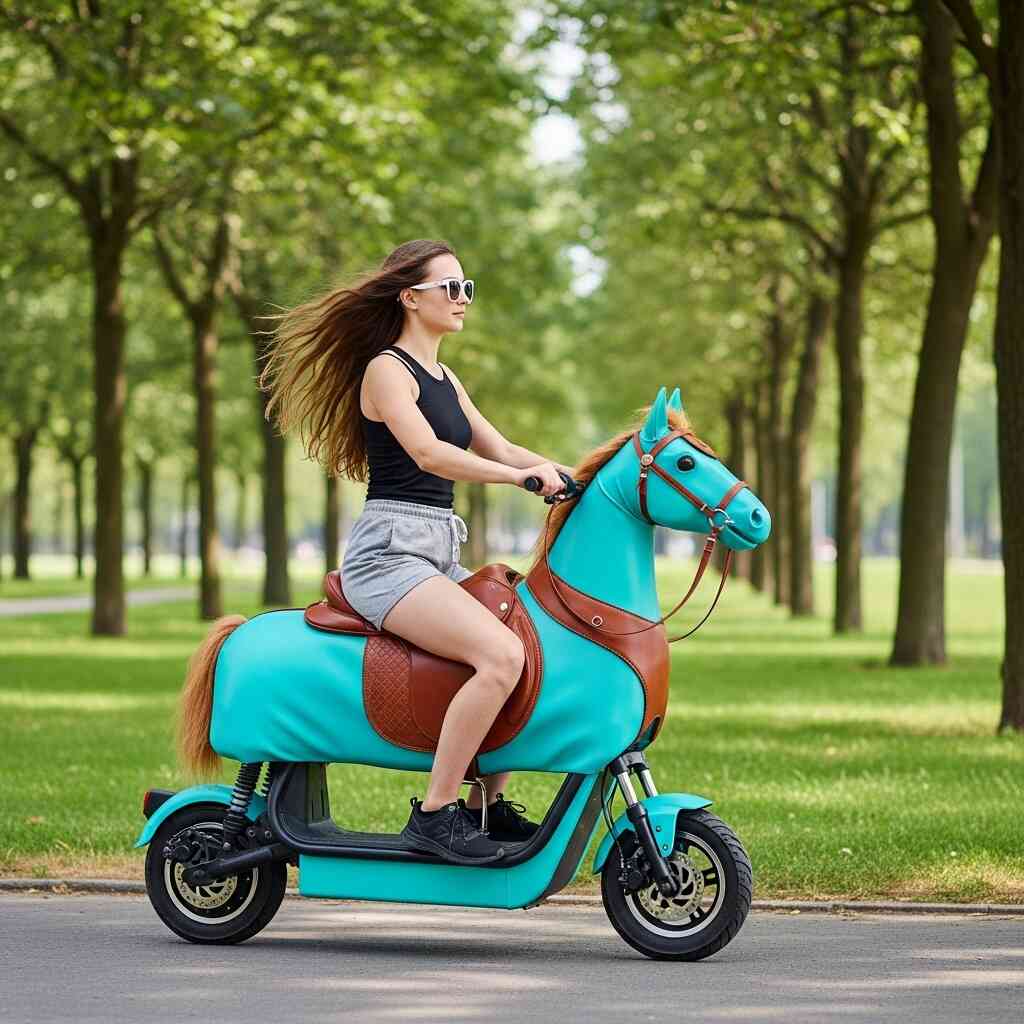
Part II: Design Philosophy – Bridging Nature and Technology
Embracing Biomimicry in Scooter Engineering
At the heart of the horse-inspired electric scooter movement lies the principle of biomimicry—a design approach that seeks to emulate nature’s time-tested patterns and strategies. By studying the anatomy and movement of horses, engineers and industrial designers have developed scooters that are not only visually striking but also ergonomically superior.
For instance, the curvature of a horse’s spine has influenced the frame design of some models, allowing for better weight distribution and rider comfort. Similarly, the flexible yet strong musculature of a horse’s legs has inspired shock absorption systems that enhance stability and reduce road vibrations.
These innovations demonstrate how nature can guide technological advancement, resulting in products that are both functional and beautiful. Moreover, they reinforce the idea that sustainable design does not have to sacrifice performance or style.
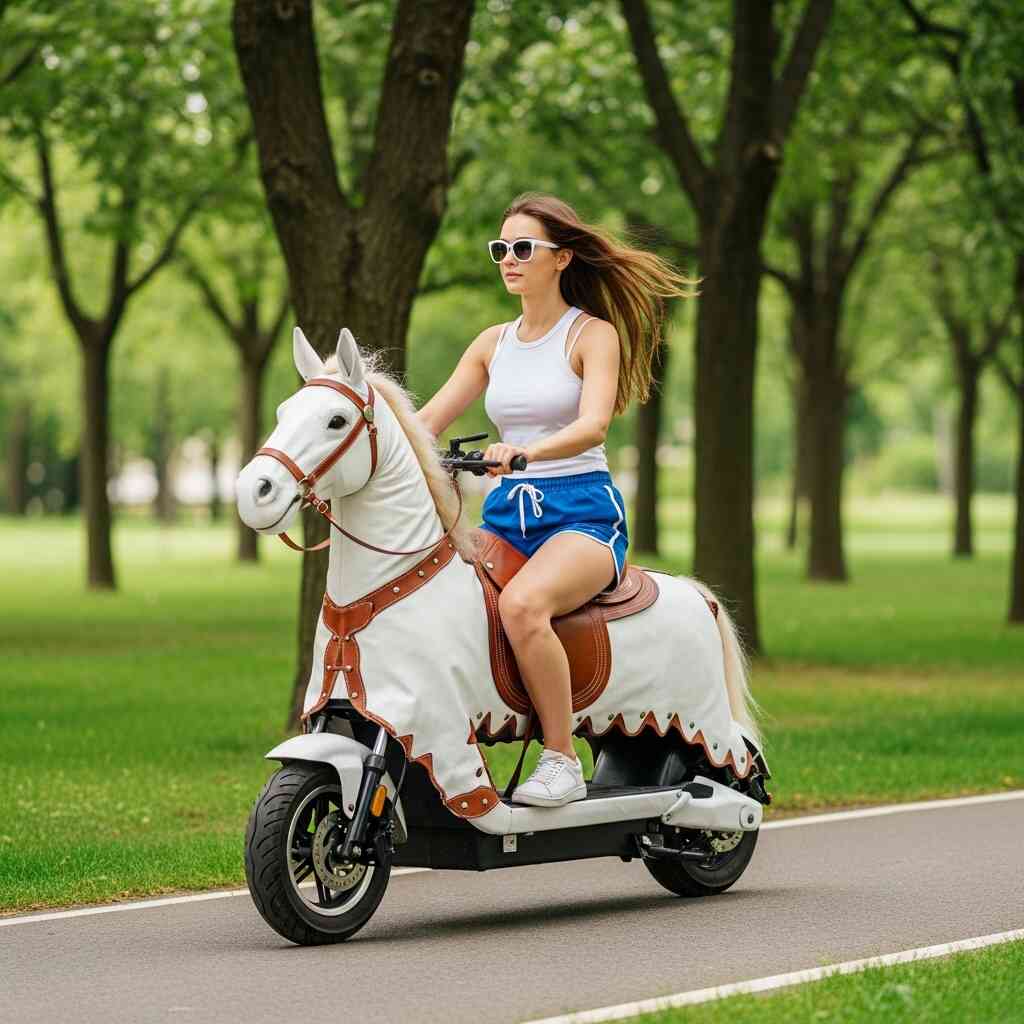
Symbolism and Emotional Resonance
Beyond the technical aspects, horse-inspired electric scooters tap into powerful symbolic meanings. In many cultures, horses are associated with freedom, adventure, and the spirit of exploration. Owning or riding a scooter that embodies these qualities can evoke a sense of empowerment and connection to something greater than oneself.
Designers have capitalized on this symbolism by incorporating visual motifs that reference equestrian themes—such as saddle-like seating, hoofprint tire treads, and mane-like detailing on handlebars. These elements serve as subtle reminders of the animalistic energy and vitality that horses represent.
Moreover, the psychological impact of such designs cannot be overlooked. Research in consumer psychology suggests that products that resonate emotionally with users tend to foster stronger brand loyalty and user satisfaction. In this case, the emotional connection stems from a shared admiration for horses and the values they symbolize.
Customization and Personal Expression
Another key aspect of horse-inspired electric scooters is the emphasis on personalization. Just as riders often develop deep bonds with their horses, users of these scooters are encouraged to customize their vehicles to reflect their individual tastes and personalities.
Custom paint jobs, interchangeable panels, and modular accessories allow riders to make their scooters uniquely theirs. Some models even offer personalized engraving options or digital displays that mimic the behavior of a real horse—such as “whinnying” when powered on or displaying animated eyes that respond to acceleration.
This level of customization enhances the user experience, transforming the scooter from a mere means of transport into a companion that shares in the journey.
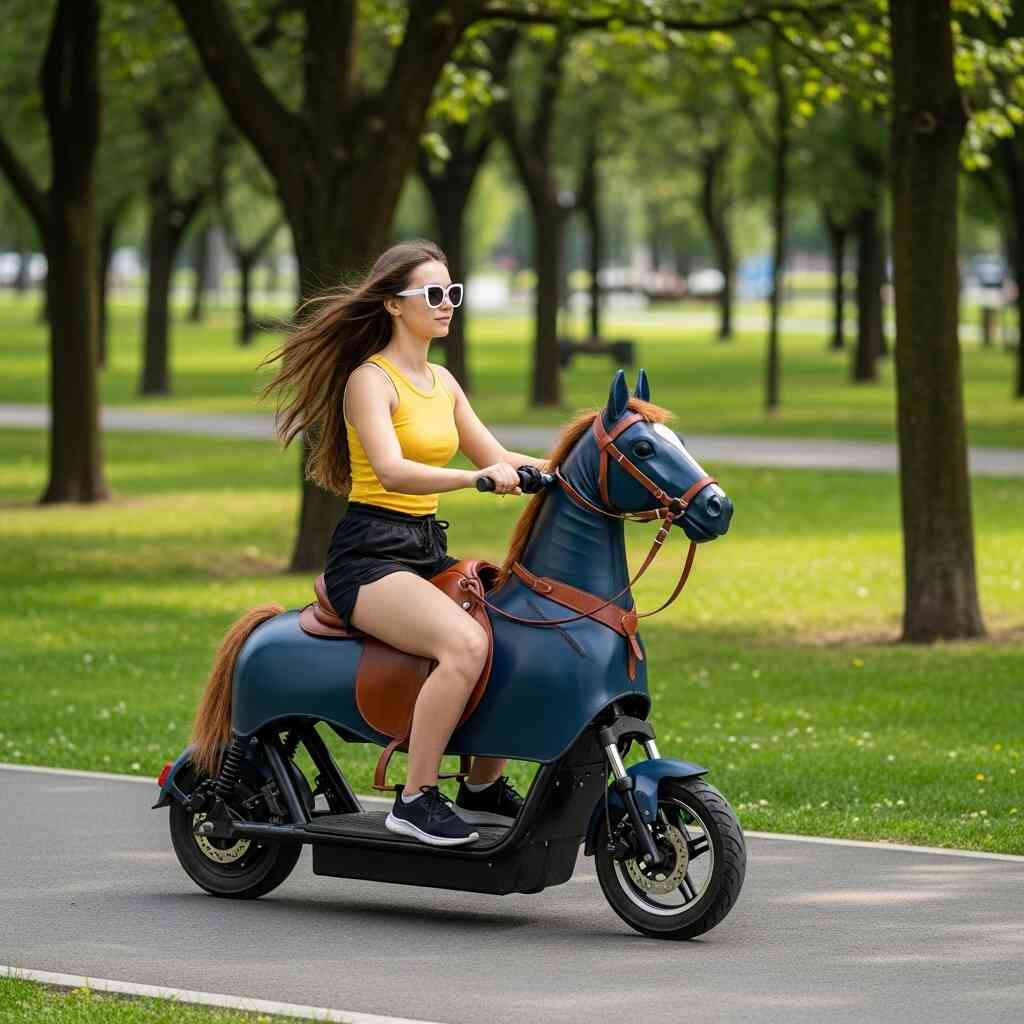
Part III: Cultural Impact and Future Implications
Reconnecting with Nature in Urban Environments
One of the most profound effects of the rise of horse-inspired electric scooters is the way they encourage people to reconnect with nature—even in densely populated cities. As urban dwellers become increasingly removed from the natural world, these scooters serve as a reminder of the beauty and power of animals.
By bringing elements of the wild into everyday life, they help bridge the gap between the artificial and the organic. This is particularly significant in the context of environmental awareness and conservation efforts. When people feel a sense of kinship with animals, they are more likely to support initiatives aimed at protecting wildlife and preserving green spaces.
Furthermore, the popularity of these scooters may inspire broader discussions about sustainable living and the role of animals in shaping human innovation. It opens up new possibilities for integrating ecological consciousness into product design and consumer culture.
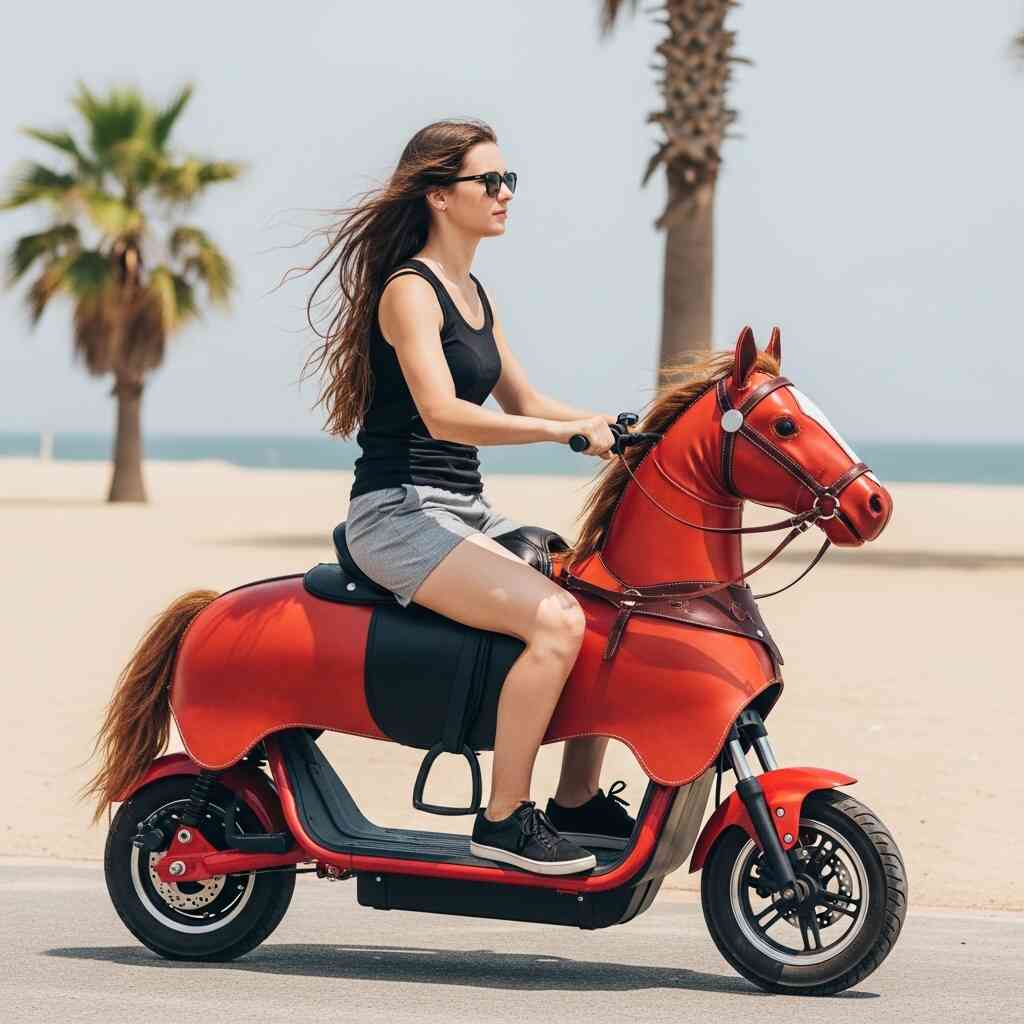
Influence on Art, Fashion, and Lifestyle Trends
The aesthetic language of horse-inspired electric scooters has begun to spill over into other areas of design and lifestyle. Artists have drawn inspiration from these scooters to create sculptures and installations that explore the intersection of technology and nature. Fashion designers have incorporated equine motifs into clothing lines that celebrate movement and freedom.
Even in architecture and interior design, there is a growing interest in blending organic forms with modern materials—an approach that mirrors the ethos behind horse-inspired scooters. This cross-pollination of ideas underscores the broader cultural shift toward embracing hybridity and multidisciplinary creativity.
Moreover, the rise of these scooters aligns with the increasing demand for experiential products—items that offer more than just utility, but also storytelling and emotional engagement. In a market saturated with mass-produced goods, the uniqueness of horse-inspired scooters sets them apart as objects of desire and conversation.
Shaping the Future of Sustainable Transportation
Looking ahead, the integration of equine inspiration into electric scooter design could pave the way for more imaginative approaches to sustainable transportation. As cities continue to evolve, there will be a growing need for mobility solutions that are not only efficient but also culturally meaningful.
Horse-inspired electric scooters exemplify how design can transcend functionality to become part of a larger narrative about humanity’s relationship with nature, progress, and identity. They challenge the notion that eco-friendly technology must be sterile or impersonal, instead proving that sustainability and beauty can coexist.
Additionally, as advancements in materials science and renewable energy continue, we may see the development of scooters that are even more closely aligned with biological principles. Imagine scooters made from biodegradable materials, powered by solar energy, and designed to operate in harmony with urban ecosystems—all while maintaining the elegance and vitality of their equine muse.
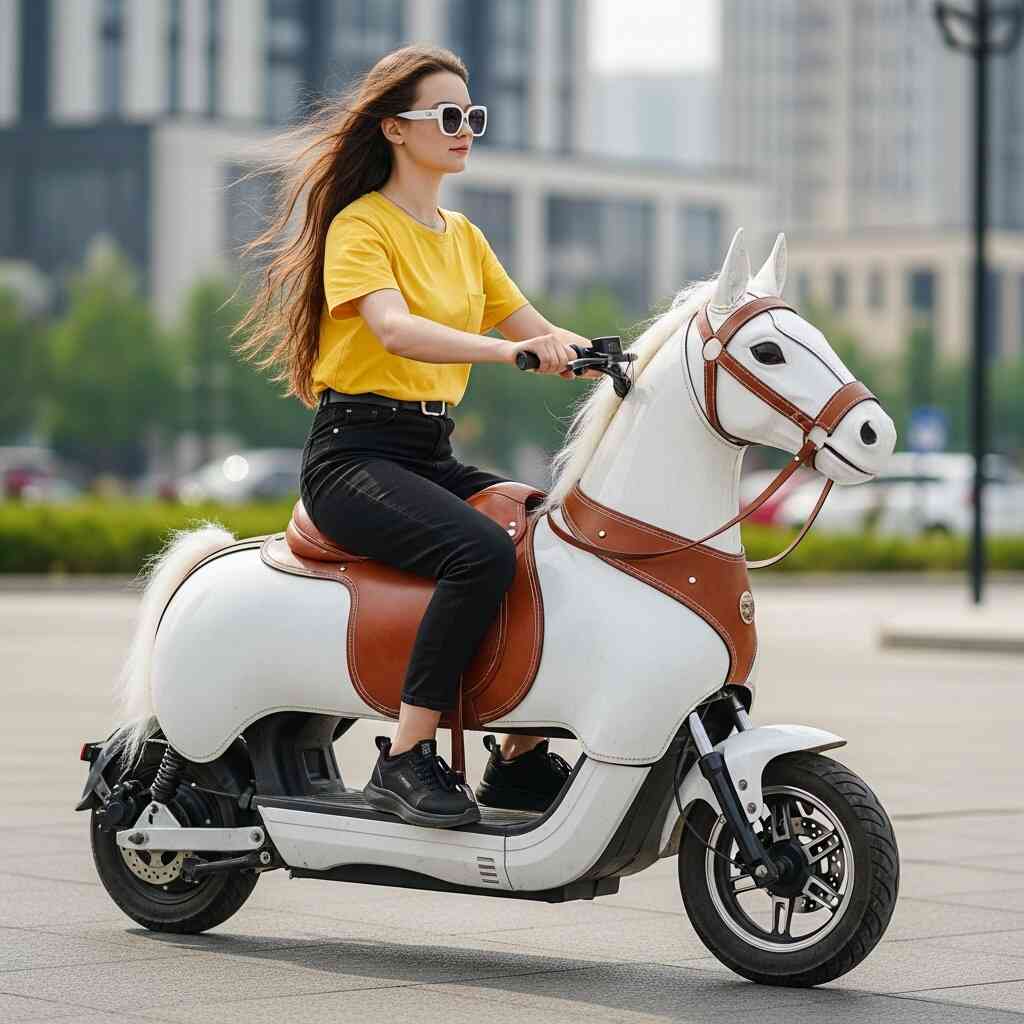
Conclusion
The rise of electric scooters inspired by horses represents more than just a passing trend in product design—it is a reflection of our collective yearning for meaning, connection, and beauty in an increasingly mechanized world. These scooters stand at the intersection of tradition and innovation, drawing from the timeless allure of horses to redefine what it means to move through space.
From their origins in conceptual design to their growing influence on culture and sustainability, horse-inspired electric scooters have demonstrated the power of imagination in shaping the future of mobility. They remind us that even in the realm of technology, there is room for poetry, symbolism, and reverence for the natural world.
As we continue to navigate the complexities of urban life, perhaps the greatest lesson these scooters offer is this: progress does not require the abandonment of our past, but rather its thoughtful reinterpretation. By looking to the horse—a creature that has carried us through history—we may find new ways to ride forward into the future.

